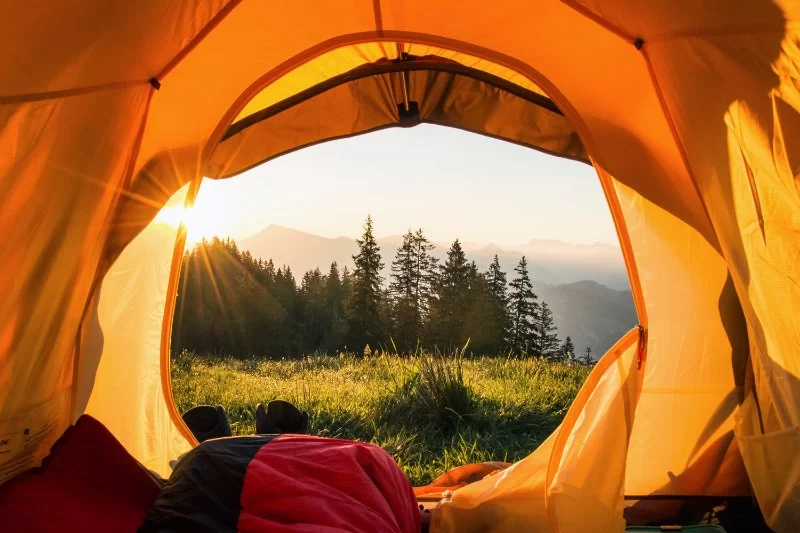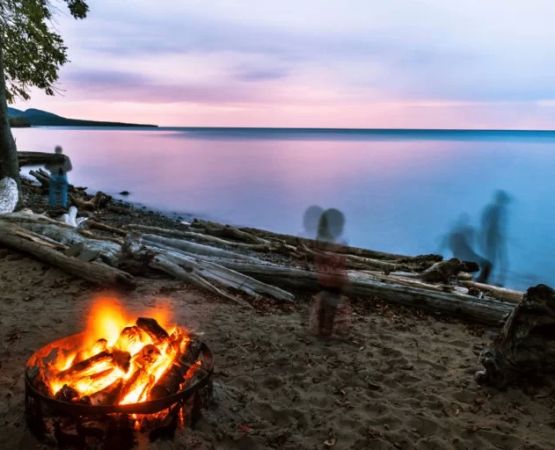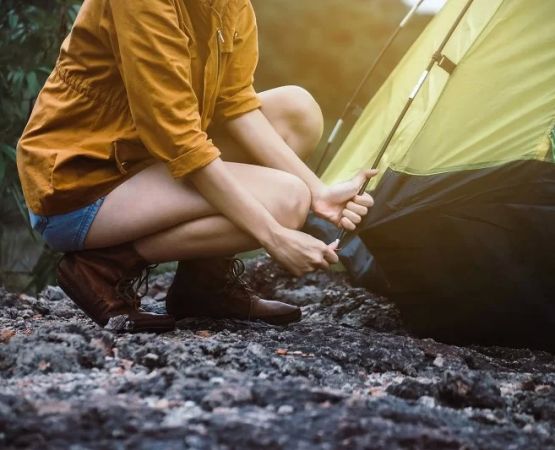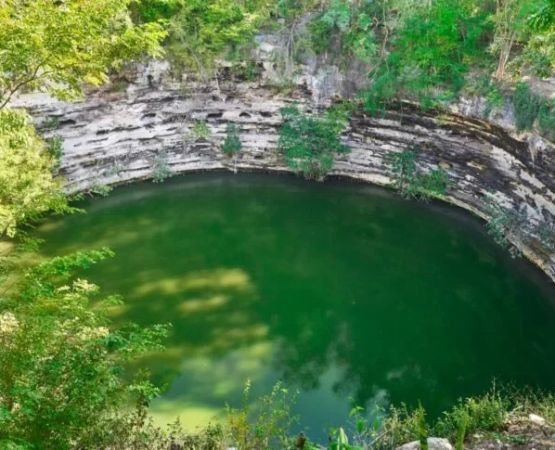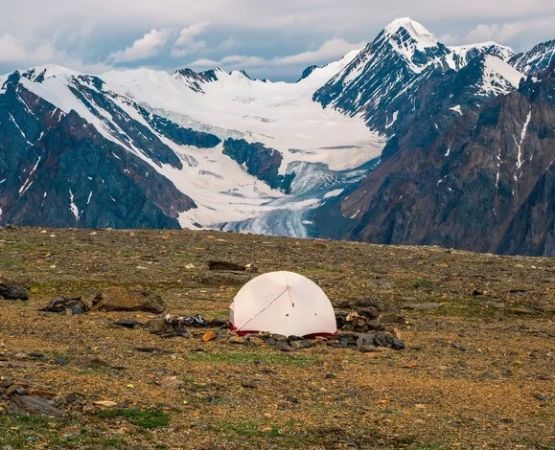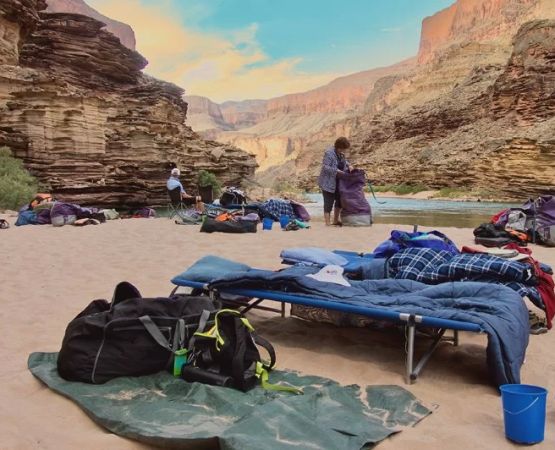- 1 - Understanding daylight saving time and its impact on campers
- 2 - Preparing your body and sleep schedule before the time change
- 3 - Adjusting your camping gear and lighting for new daylight hours
- 4 - Planning activities and meals around daylight shifts
- 5 - Real camping stories during time changes
- 6 - Expert camping tips from Pine Cliff Resort
1. Understanding daylight saving time and its impact on campers
1.1 Why daylight saving matters when camping
Every spring and fall, Americans experience the shift of daylight saving time—an hour gained or lost that can affect sleep, activity timing, and even mood. For campers, these changes can significantly alter how you experience the outdoors. Understanding how to camp during daylight saving time changes means anticipating these adjustments so you can still wake with the sunrise, cook by daylight, and rest comfortably under the stars.
1.2 The science behind the disruption
When we “spring forward” or “fall back,” our circadian rhythm—the internal clock that regulates sleep and alertness—takes time to adjust. This can cause grogginess, irritability, or trouble sleeping outdoors, especially if your body is already adapting to nature’s rhythm. The goal is to minimize that disruption through planning and awareness.
2. Preparing your body and sleep schedule before the time change
2.1 Adjust gradually
About a week before the time change, begin shifting your sleep and meal schedule by 15 minutes each day. When you head out camping, your body will already be in sync with the new clock. This small adjustment can make sunrise wake-ups or late-evening campfires feel more natural.
2.2 Morning sunlight and melatonin reset
Expose yourself to early morning sunlight to help your body adapt to the new schedule faster. Natural light signals your brain to reduce melatonin, promoting alertness. Campers at Pine Cliff Resort often find that morning hikes or lakeside yoga sessions help reset their energy for the day.
2.3 Optimize your sleep environment
Use an eye mask or blackout tent lining to block early dawn light when clocks move forward, and bring a headlamp or lantern for darker evenings after “fall back.” Your comfort at night can make or break your outdoor experience.
3. Adjusting your camping gear and lighting for new daylight hours
3.1 Bring flexible lighting options
When daylight shifts, so does your dependence on artificial light. Pack rechargeable lanterns, string lights, and headlamps with adjustable brightness. Solar-powered options work great during extended daylight in spring, while battery backups are crucial in darker fall evenings.
3.2 Reassess camp setup timing
If you’re setting up camp close to sunset, double-check local sunset times after the clock change. Nothing kills the mood faster than pitching a tent in the dark. Many guests at Pine Cliff Resort recommend arriving earlier in the day to enjoy golden-hour scenery before settling in.
3.3 Keep devices and clocks synced
Manually update watches, GPS trackers, and portable stoves with timers. Even though most smartphones adjust automatically, other gadgets like portable heaters or camp stoves may need a manual reset to prevent timing errors in cooking or heating cycles.
4. Planning activities and meals around daylight shifts
4.1 Rethink your activity timeline
Daylight saving changes the rhythm of camp life. Morning hikes might start in darkness after spring forward, while evening campfires might feel earlier after fall back. Adjust activity timing to make the most of natural light—plan hikes when the sun is high and relaxing dinners when twilight sets in.
4.2 Adjust meal prep times
Cooking outdoors can be tricky when light conditions shift. Prepare meals that require minimal prep time during early mornings or darker evenings. One camper at Pine Cliff Resort shared that prepping foil packet dinners before dusk helped avoid fumbling with ingredients by flashlight.
4.3 Temperature awareness
Time changes often coincide with temperature shifts—spring evenings may stay brighter but cooler, while fall mornings start later and colder. Layer up appropriately and keep track of local forecasts before planning outdoor meals or activities.
5. Real camping stories during time changes
5.1 The early sunrise surprise
When the clocks moved forward last spring, a family camping in Michigan woke up an hour late to find the morning sun already blazing through their tent. Their planned sunrise fishing trip became a mid-morning brunch by the lake—proof that a one-hour change can alter the entire day’s rhythm.
5.2 Falling back to cozy fires
During fall at Pine Cliff Resort, campers often enjoy the extra morning hour from daylight saving’s end. One group of friends described how that extra time allowed them to sleep in and still enjoy a long campfire breakfast before hiking the nearby Pine Ridge Trail.
5.3 Tech trouble at twilight
Another camper learned the hard way that not all devices adjust automatically. Their coffee timer went off an hour early after “fall back,” waking the whole group at dawn. Lesson learned: always double-check your gadgets when daylight saving hits.
6. Expert camping tips from Pine Cliff Resort
6.1 Plan with location-specific timing
Sunrise and sunset vary greatly across U.S. regions. Pine Cliff Resort’s team suggests checking the daylight forecast for your destination and planning your arrival accordingly. For example, northern states experience shorter evenings during fall, while southern areas stay bright longer.
6.2 Use natural light as your guide
Instead of relying solely on the clock, follow nature’s cues. Let sunrise dictate your wake-up, and sunset guide your downtime. This method helps your body align with the environment, reducing fatigue from the time change.
6.3 Prepare mentally and enjoy the shift
Remember that daylight saving transitions don’t have to ruin your trip—they can enhance it. Enjoy the novelty of longer evenings or slower mornings. At Pine Cliff Resort, many campers embrace these changes as part of the adventure, using the shift as a reminder to slow down and reconnect with nature.
6.4 Final thought
Understanding how to camp during daylight saving time changes helps you stay prepared, rested, and in sync with nature. Whether you’re “springing forward” or “falling back,” thoughtful adjustments to your gear, sleep, and schedule can make your outdoor experience smoother. Plan your next nature getaway with Pine Cliff Resort and experience the beauty of camping at any hour of the day.

